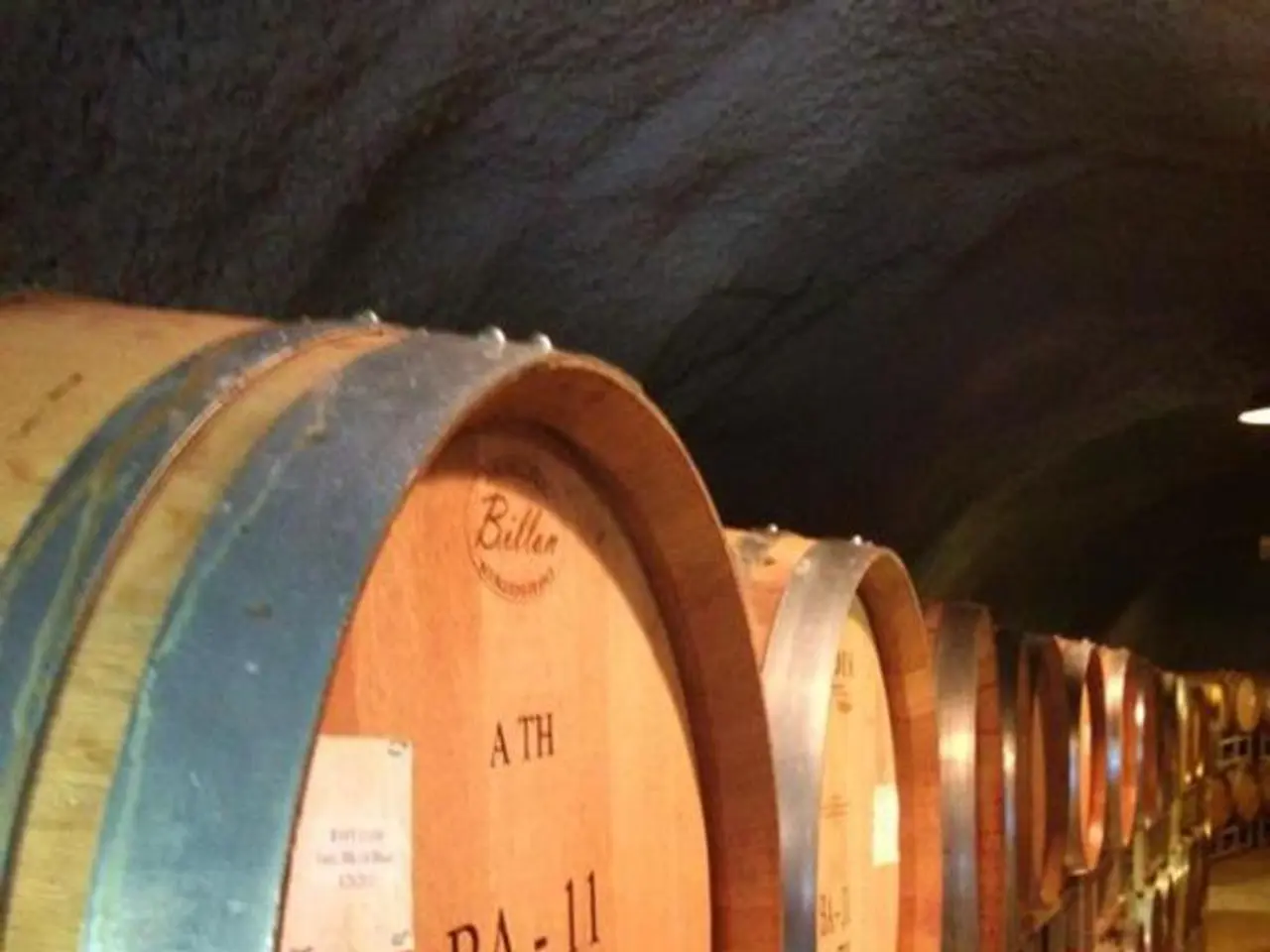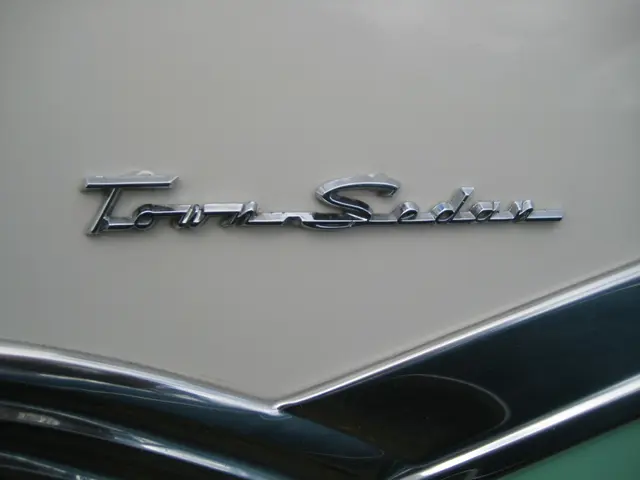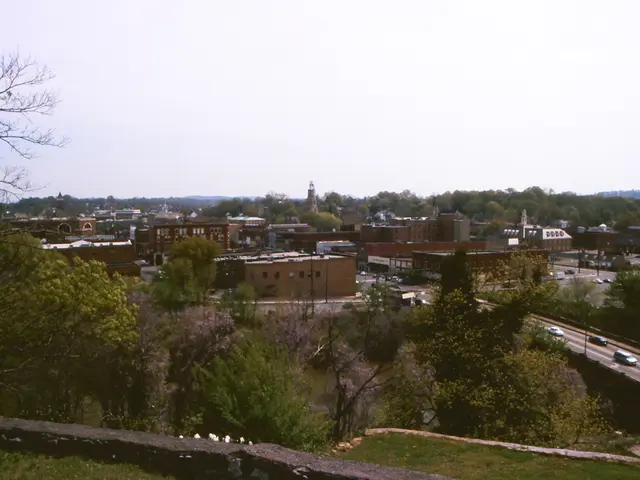Report on financial breakdown for the tunneling approach in the Santa Clara VTA's BART Silicon Valley Phase II Project unveiled
The Santa Clara Valley Transportation Authority (VTA) has released a cost report analyzing the twin bore tunneling method for the BART Silicon Valley Phase II (BSVII) Project, shedding light on the key differences between the twin bore and single bore tunnel approaches.
The BSVII Project aims to extend Bay Area Rapid Transit service six miles from the Berryessa/North San José Station through downtown San José to Santa Clara, California. The project is one of the largest infrastructure projects in California and the country.
The report, commissioned as part of the agency's ongoing commitment to provide accurate, data-driven information that informs decision-making and builds public trust, focuses exclusively on the twin bore method, offering an in-depth analysis and view of costs to ensure clarity and transparency for stakeholders and the public.
The key differences between the twin bore and single bore tunnel approaches center on cost, construction complexity, and community impact.
Cost
The single-bore tunnel design is significantly less expensive than the twin-bore alternative. Changing from the approved single-bore to twin-bore would increase overall project costs.
Construction Factors
The single-bore tunnel involves excavating one large tunnel deep underground (about 80 feet below surface) to accommodate both tracks and platforms. This method is faster to build and already has environmental and regulatory approval.
In contrast, the twin-bore tunnel design would use two smaller, shallower separate tunnels. This approach is more conventional but would require restarting environmental reviews, conducting new engineering work, and procuring new tunnel boring machines, leading to delays and added complexity.
Community Impact
The single-bore method is much less disruptive to downtown San José. Unlike cut-and-cover methods often associated with twin bores, which involve surface excavation causing noise, street closures, and utility relocations, the single-bore technique reduces surface interruptions, keeps streets open, and supports local businesses during construction.
Santa Clara VTA General Manager and CEO Carolyn Gonot stated that the report reaffirms that the single bore approach remains the most cost-effective method to bring BART service into the heart of Silicon Valley. She added that the report validates strategic decisions moving the BSVII project forward.
The Santa Clara VTA Board of Directors and the community have consistently supported the single bore design, recognizing its advantages in minimizing community disruption, reducing surface construction impacts, and delivering transit more efficiently.
The agency continues advancing the BSVII project by pursuing cost containment and cost avoidance strategies. The full report on the BSVII Project's analysis can be found on Santa Clara VTA's website.
[1] Santa Clara VTA (2022). Single Bore vs. Twin Bore: Cost and Construction Comparison Analysis for the BART Silicon Valley Phase II Project. Retrieved from https://www.vta.org/bsvii
[2] Santa Clara VTA (2022). BART Silicon Valley Phase II (BSVII) Project. Retrieved from https://www.vta.org/bsvii
- The report focusing on the twin bore method for the BART Silicon Valley Phase II Project highlights the higher costs associated with the twin bore infrastructure compared to the single bore option within the rail industry.
- The single-bore tunnel design in the BSVII Project, which involves excavating one large tunnel, is faster to build, already holds environmental and regulatory approval, and is less disruptive to the community, supporting local businesses during construction.
- The financing for the BSVII Project aims to minimize costs and avoid additional expenses through the implementation of cost containment and cost avoidance strategies within the finance sector.




